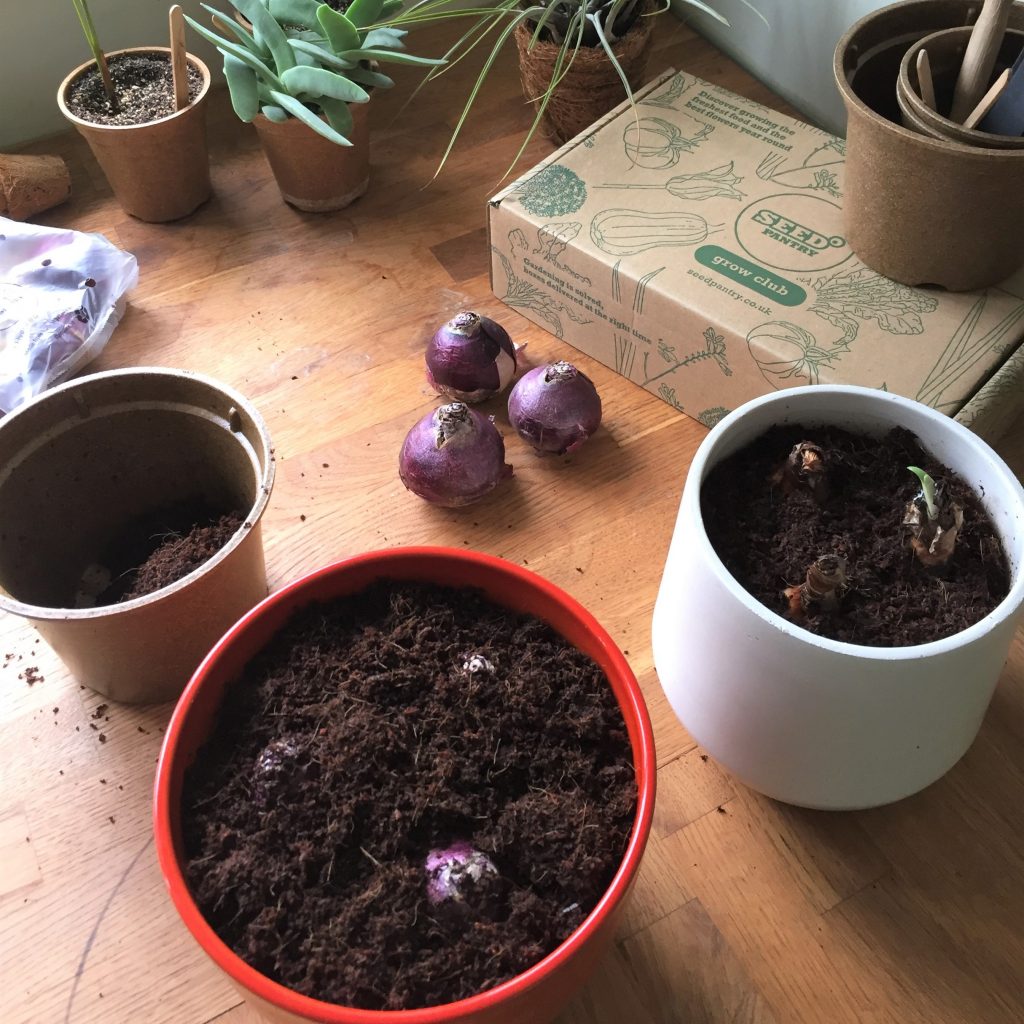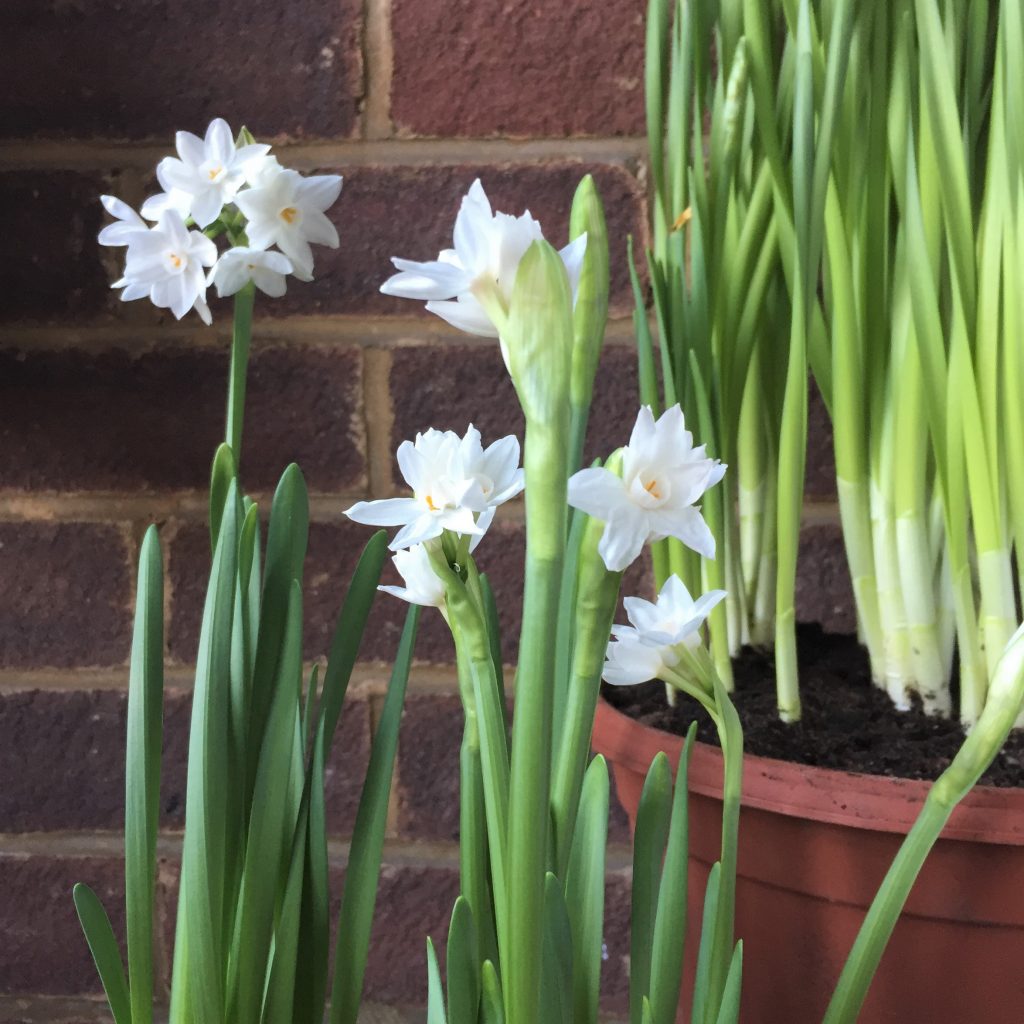Summers out, bulbs are in, here comes Tulip mania 2022! We divulge our top tips on planting and growing tulips in this guide.

It is never too early to start garden planning for next year! Here at Seed Pantry, we are always planning ahead to make sure Grow Club boxes are filled with the most amazing goodies. One thing we always excited for are our Tulip bulbs, ready to plant in late Autumn. Each year we carefully curate an amazing range of gorgeous tulips for you to choose from for your own incredible displays!
Here are our top tips on planting Tulip bulbs to help you create your own stunning Spring displays! 💐
1. Before planting, make sure to choose a well-lit area of the garden where the flowers are likely to get plenty of sunlight. If you are planting in containers or pots, Tulips favour well-drained, semi-fertile soil. This will help aid in their growth.
2. When planting tulips it’s important that you plant them at the right depth. Place them pointy end up at a depth of around 3 to 4 times the height of each bulb; Generally at least 10cm deep. This will give the bulbs enough cover to protect them from frosts in the winter and enough depth for roots to establish and form a strong base, so they do not topple over as they grow.
3. Space each bulb around 10cm apart from each other to give them each enough space to develop. If you are planting in containers, you can plant them slightly closer together, just make sure not to overfill it with bulbs or none of them will have the resources they need to grow.
4. Simply cover the bulbs over with soil, give them a good drink of water and wait for the magic to happen!
Top Tip
Tulips need very little care or maintenance but if you want to help them along when they start forming flowers, add a weekly feed of balanced liquid fertiliser to the pot.
Tulip Garden Design 🌷

Tulips are so special that the varieties are separated in to 15 groups, depending on their characteristics; flowering time, shape, size and colour. Shop our ready-to-plant Tulip collections at the Seed Pantry Tulip shop, or use our quick Tulip groupings guide to help you understand the different Tulip groups.
Single-coloured tulips can be striking with individual splashes amongst green foliage, you could match light pastels or hot colours. Contrasting colours can work beautifully together too, for example purple and yellows. Multiple mixed colours can be added together if you wanted to create a homely cottage garden theme too.
Sometimes, it can be hard planting and designing spring flower bulb displays in the garden. Where do you plant this and when!? Well, a bulb lasagne is a sure-fire way to create a stunning spring flower display in your own garden spaces, big or small. Check out our video below to create your own! You can read all about them here too!
Neil’s How to make a Bulb Lasagne video
Seed Pantry Team 🌼
#SeedPantryGrowClub
WIN a lucky-dip addition to your next box by sharing your plant pictures with us on Instagram. Use the hashtag #SeedPantryGrowClub or tag us @seedpantry to enter.
Subscribe to the Grow Club box for flowers, food and herb seeds ready to sow each month… Curious? Come check out all of this month’s options!









